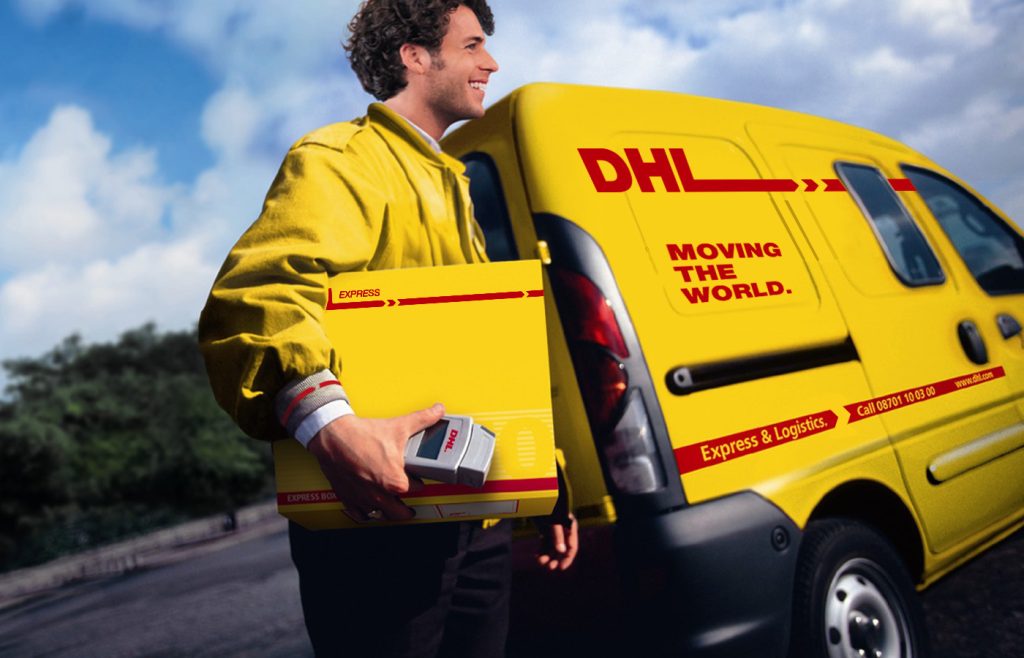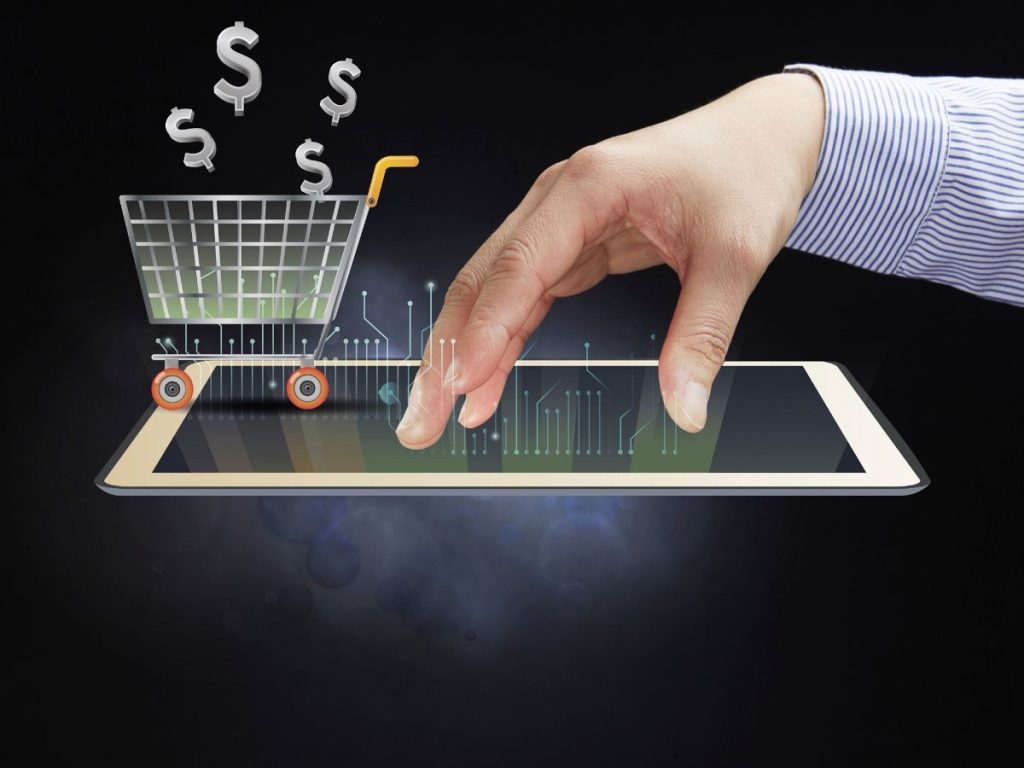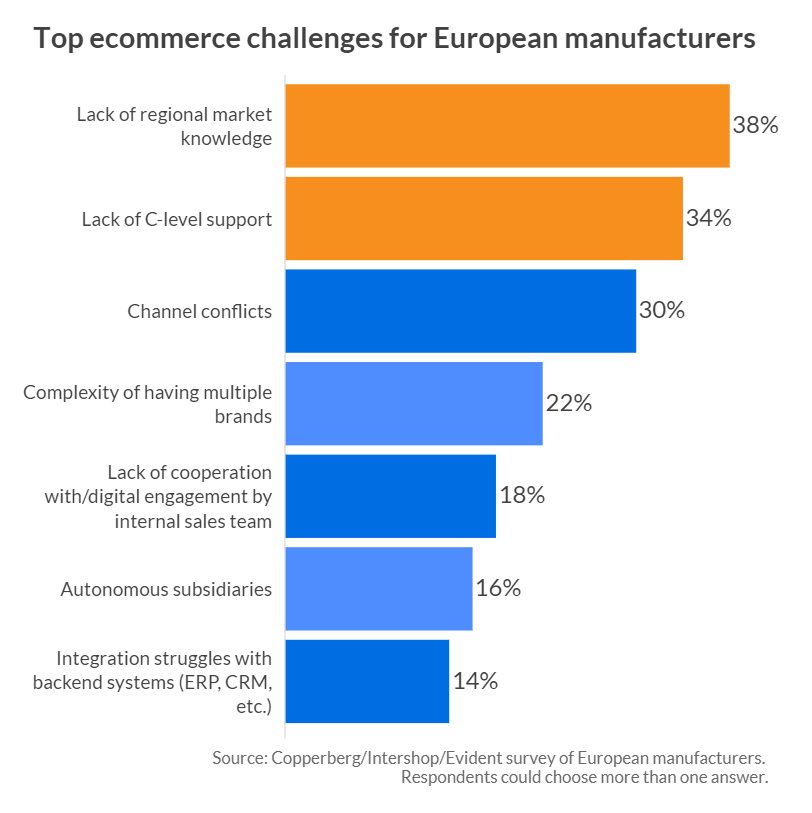
Amazon.com Inc. has recently acquired e-commerce technology startup Veeqo Ltd and confirmed it in its statement. It happened last November but the company announced the acquisition several days ago.
Quoting Veeqo’s website, it is the inventory and fulfilment platform built by an ecommerce seller, for ecommerce sellers, made in Swansea, Wales. It provides a cloud service that helps online retailers manage their business operations.
The startup’s service mainly targets retailers that sell their merchandise through not one but multiple online platforms, such as Amazon and Shopify and helps avoid a great deal of duplicate work.
With Veeqo’s cloud service retailers can centrally perform tasks such as inventory management across all the online channels through which they sell their merchandise. It reduces manual work for a retailer’s employees and thereby increases operational efficiency.
Retailers can track inventory levels, determine when stock is running low and order new merchandise from suppliers. If a retailer has a presence in multiple markets, it can use Veeqo to coordinate what merchandise shipment should be routed to which location.
Veeqo also provides features to manage customer orders, returns and refunds. The service has a built-in analytics tool to predict future customer demand and help retailers ensure that they have a sufficient amount of merchandise in stock.
A few months ago, Amazon said that about 2 million third-party sellers offer their products on its e-commerce marketplace. With Veeqo’s service, the company can help simplify operations for third-party sellers that offer their products not only on its marketplace but also on other platforms such as Shopify.
Third-party sellers are central in Amazon’s e-commerce strategy. They accounted for about 60% of Amazon’s online sales last year. Small and midsized businesses in the U.S. sold more than 3.8 billion products through the company’s e-commerce marketplace during the 12 months ended Aug. 31, up from 3.4 billion the prior year.
Amazon could also use Veeqo’s features to manage sales across multiple e-commerce platforms to advance its Multi-Channel Fulfillment program. That program allows retailers to use Amazon’s logistics network to ship products they sell through other e-commerce platforms.
Amazon’s representatives added in the official statement that the company “plans to continue investing in new features and improvements to help Veeqo serve sellers globally from its home in Wales, facilitate growth for sellers’ multi-channel businesses, and enhance the experience of their customers”.
As siliconangle.com reminds, Veeqo is the second e-commerce technology startup that Amazon has acquired in so many years. Early last year, the company acquired Selz, a startup with a platform that helps online retailers with tasks such as website development and managing ad campaigns.
Amazon’s cloud unit, Amazon Web Services Inc., also offers multiple solutions for retailers. Among those solutions is the Amazon Personalize service that AWS launched in 2019. The service uses machine learning to help companies with tasks such as generating shopping recommendations.
AWS has a long list of major retailers among its customers, including Best Buy Co. Inc. and J Sainsbury plc, the second-largest supermarket chain in the U.K. Best Buy recently named AWS as its preferred cloud provider as part of an initiative to upgrade its technology capabilities.










 “Ignore Your Customers (and They’ll Go Away)” presents a step-by-step guide to building winning customer service culture to transform your company. Follow stories from innovative and successful companies, including Amazon and The Ritz-Carlton Hotel Company, and learn what it takes to turn routine customer interaction into lifelong engagement and loyalty.
“Ignore Your Customers (and They’ll Go Away)” presents a step-by-step guide to building winning customer service culture to transform your company. Follow stories from innovative and successful companies, including Amazon and The Ritz-Carlton Hotel Company, and learn what it takes to turn routine customer interaction into lifelong engagement and loyalty. In “Masters of Scale,” LinkedIn founder Reid Hoffman teams up with the executive producers of the “Masters of Scale” podcast to offer hard-fought lessons from iconic companies and disruptive startups. Taken from more than 100 interviews, this book offers collective insights distilled into a set of counterintuitive principles. Learn to find a winning idea and turn it into a scalable venture. Kindle $13.99.
In “Masters of Scale,” LinkedIn founder Reid Hoffman teams up with the executive producers of the “Masters of Scale” podcast to offer hard-fought lessons from iconic companies and disruptive startups. Taken from more than 100 interviews, this book offers collective insights distilled into a set of counterintuitive principles. Learn to find a winning idea and turn it into a scalable venture. Kindle $13.99. “The Future of Money” follows the current state of money and the impact of disruptive digital currencies. Explore the positive developments, such as greater efficiencies and improved access, and learn how to guard against the dangers of what’s to come.
“The Future of Money” follows the current state of money and the impact of disruptive digital currencies. Explore the positive developments, such as greater efficiencies and improved access, and learn how to guard against the dangers of what’s to come. This is an updated and expanded version of the best-selling “Launch,” a guide for starting new products and businesses. This new edition features chapters on applying social media in your launches, live-streaming to deliver content, and using paid traffic and advertising.
This is an updated and expanded version of the best-selling “Launch,” a guide for starting new products and businesses. This new edition features chapters on applying social media in your launches, live-streaming to deliver content, and using paid traffic and advertising. “The Startup Growth Book” teaches entrepreneurs and marketers how to build sustainable, scalable growth, channel by channel, with no advertising. Learn how to scale organically using multiple channels, such as email, organic search, social media, and more. Drive your growth without outsourcing to an agency or a third-party marketing team.
“The Startup Growth Book” teaches entrepreneurs and marketers how to build sustainable, scalable growth, channel by channel, with no advertising. Learn how to scale organically using multiple channels, such as email, organic search, social media, and more. Drive your growth without outsourcing to an agency or a third-party marketing team. “Social Media Marketing” is a resource for anyone who has little-to-no social media presence. Learn how to grow an interactive follower base organically. Get proven strategies for Facebook, Twitter, Instagram, YouTube, and Snapchat. Increase interaction of your followers. Monetize and maximize profits from your social media platforms.
“Social Media Marketing” is a resource for anyone who has little-to-no social media presence. Learn how to grow an interactive follower base organically. Get proven strategies for Facebook, Twitter, Instagram, YouTube, and Snapchat. Increase interaction of your followers. Monetize and maximize profits from your social media platforms.  Building on insights from cognitive psychology and neuroscience, “The Sea We Swim In” shows how to see the world in narrative terms. Learn how a story can help you establish a brand identity and turn consumers into fans.
Building on insights from cognitive psychology and neuroscience, “The Sea We Swim In” shows how to see the world in narrative terms. Learn how a story can help you establish a brand identity and turn consumers into fans. “Customer Experience Excellence” is a guide to creating a successful customer experience platform. Drawing on the research of the global consulting group KPMG, the book details the winning systems of companies that have produced authentic customer communication systems at scale.
“Customer Experience Excellence” is a guide to creating a successful customer experience platform. Drawing on the research of the global consulting group KPMG, the book details the winning systems of companies that have produced authentic customer communication systems at scale.  “Fast Fulfillment” explores the ins and outs of the delivery side of online businesses. Learn the secrets of fast fulfillment, and design a plan for your own disruptive innovation.
“Fast Fulfillment” explores the ins and outs of the delivery side of online businesses. Learn the secrets of fast fulfillment, and design a plan for your own disruptive innovation. “Leadership for Founders” provides proven practices on how to be a leader who fosters innovation, attracts the right talent, and retains customers. Launching a new project is difficult when the long-term survival rate is so low. Explore these best practices to ensure success for you, your team, and your organization. Paperback $19.95.
“Leadership for Founders” provides proven practices on how to be a leader who fosters innovation, attracts the right talent, and retains customers. Launching a new project is difficult when the long-term survival rate is so low. Explore these best practices to ensure success for you, your team, and your organization. Paperback $19.95. “Decisively Digital” explores how to survive and thrive in an increasingly digital world. Learn how to establish a digital culture and realize the benefits of modern work for your employees. Take advantage of analytics, big data, and cloud computing. Explore how digital innovation can drive your business results. Paperback $25.00; Kindle $15.00.
“Decisively Digital” explores how to survive and thrive in an increasingly digital world. Learn how to establish a digital culture and realize the benefits of modern work for your employees. Take advantage of analytics, big data, and cloud computing. Explore how digital innovation can drive your business results. Paperback $25.00; Kindle $15.00.